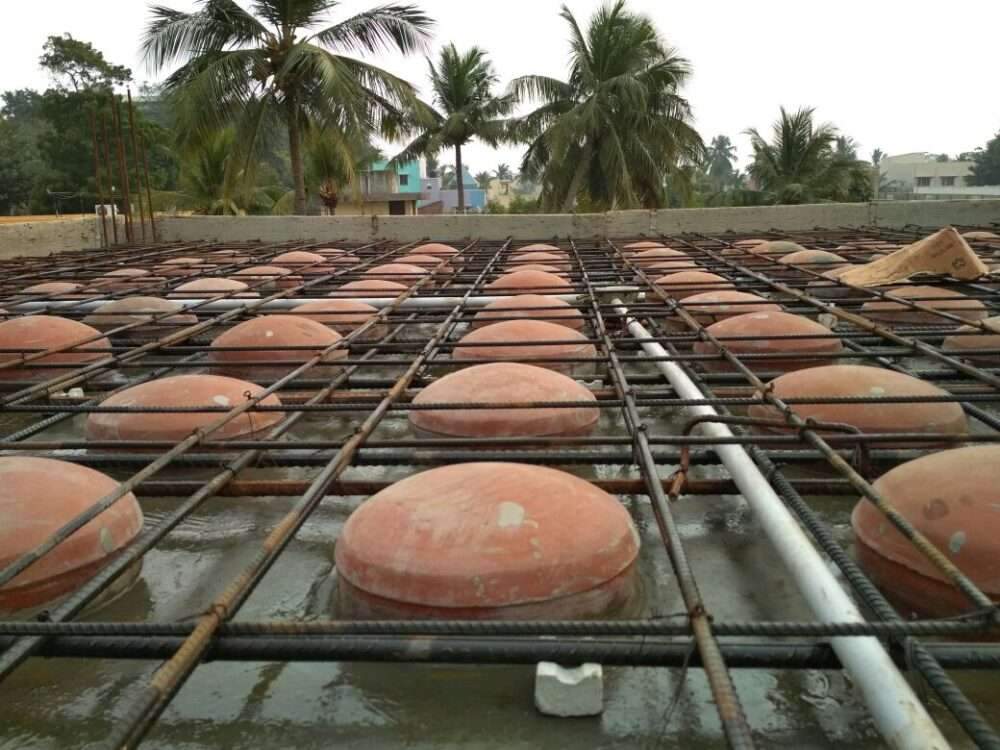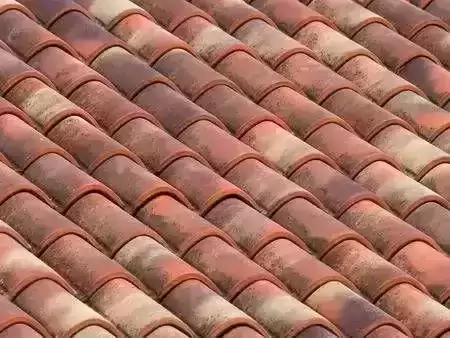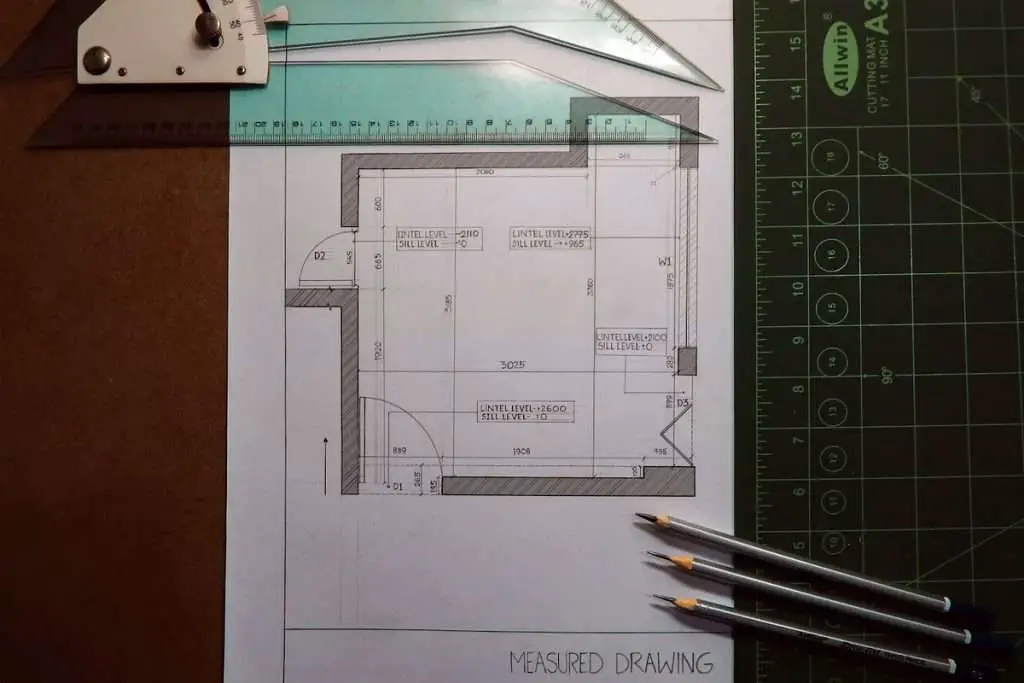Features and materials of filler slabs,
Grouting slab technology is an innovative and cost-effective technology in which the dead load of the slab is reduced by replacing the concrete with a grouting material.
The basic concept behind a grouting slab is that an RCC slab does not need the concrete in the bottom half of the slab for its construction.
This is because concrete acts as a compressed material, and is only required in the upper half of the slab.
As a result, a lightweight and inexpensive filler material like terracotta pots,
Mangalore tiles, etc. is used to replace this concrete component.

Filler slab is based on the idea that, for reinforced surfaces,
the lower part of the slab is subjected to tensile forces while the upper part is subjected to compressive forces.
Bricks, aerated concrete blocks and tiles are used as alternatives.

Since steel can withstand greater tensile forces than concrete,
the lower tensile area of the slab only needs steel reinforcements to keep the structure together.
Reinforcements are placed in a grid pattern when the closure is complete.
The size of the mesh is determined by the size of the filler material and the design of the structure.
For example, a 35cm x 50cm mesh is used as a filler for Mangalore tiles,
while a 45cm x 45cm mesh is used as a 40cm diameter crockery filler.

To avoid water absorption from the concrete, the filler must be soaked in water before pouring.
Then the slab is poured using cement concrete like traditional concrete slabs.
Selection Criteria of Filler Materials
- Fillers must not interact with other materials such as steel reinforcement, cement or water.
- The filler dimensions, size and shape must match the reinforcement spacing.
- All stakeholders involved, including the client, architect and structural engineer, must work together to ensure a smooth process.
Any last-minute spotting can compromise, leading to rust and leaks over time.
- It is necessary to ensure that the filler absorbs only a small amount of water, and it is best to check this before construction.
- To keep expenses under control, local materials must be used.
- Lightweight materials should be used.
- The choice of material is also affected by the design of the ceiling and the purpose of the room.

Materials used for filler slabs
To maintain an environmentally friendly environment,
the materials used as filler must be waste or discarded products that can be reused.
After researching a wide range of resources, including mine tailings and other waste,
a short list of materials that met the requirements was formed.
The following are the materials used for the grouting panels:

- Mangalore tiles
- Clay basins
- Bricks
- waste bottles
- Coconut shells
- Thermocol
- The Internet roars like a keyboard
- Stable clay blocks
- Terracotta tiles
Advantages of filler slabs
- It is 20% cheaper than traditional RCC board due to cheaper filler materials and less steel and concrete.
- It provides an outstanding layer of thermal insulation due to the air pocket formed by the profiles of the tiles,
- and keeping in mind the negative areas and areas of reinforcement, the integrity of the grouting slab design requires careful planning of such a slab.
- Filler panels with better quality control are strong and durable.
- Heat-resistant air spaces between the filler panels provide pleasant temperatures in the living room.
In hot, humid climates, fill panels provide thermal comfort.
- When items such as keyboards, discarded plastics, and bottles are used as fillers, this technology automatically manages waste by reusing hazardous elements in the soil and ground.
- The infill panel reduces the carbon footprint by 20%.
- Filler panels with the correct patterns improve the appearance of the ceiling.
Filling board defects
- Grouting slab technology requires experience. There is a possibility of errors in its construction unless an expert is consulted for its design and construction.
- If rebar comes into contact with filler products made of clay, it may rust.
For the above reasons, terrace slopes must be properly planned,
and all storm water pipes must be free of blockages.
Adequate care must be taken to ensure the maintenance of the balcony.
For more architectural news









